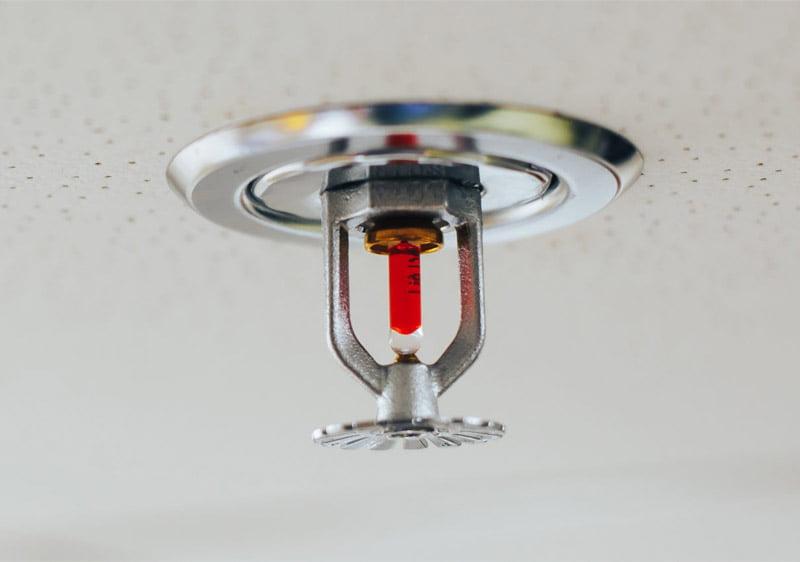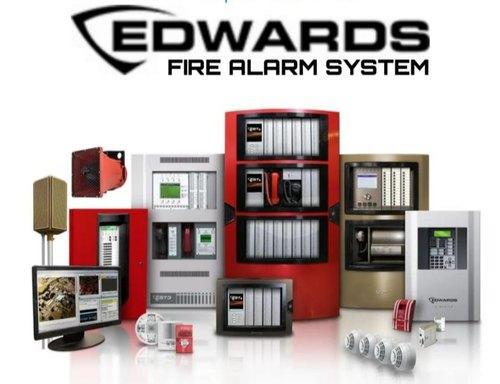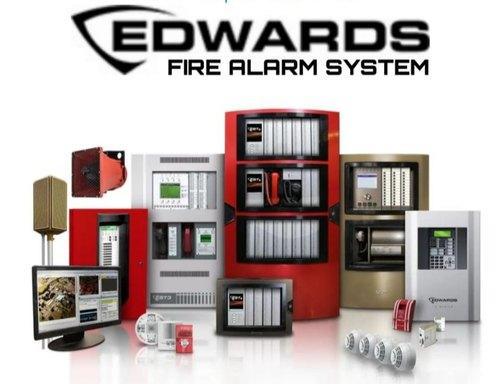In any building, ensuring a safe and orderly evacuation during emergencies is essential. Emergency exit lights play a crucial role in guiding occupants to safety by providing illuminated paths to exits in case of power outages or low visibility conditions. In this comprehensive guide, we delve into everything you need to know about , including their importance, types, installation, maintenance, and common questions

Emergency exit lights, also known as egress lighting or evacuation lighting, are luminous fixtures installed in buildings to illuminate pathways to exits during emergencies. These lights are designed to remain illuminated even in the event of a power failure, ensuring that occupants can safely navigate through corridors, stairwells, and other escape routes.
Importance of Emergency Exit Lights
The importance of emergency exit lights cannot be overstated, as they play a critical role in:
- Safety: Emergency exit lights provide clear guidance to occupants, reducing the risk of panic and facilitating a swift and orderly evacuation during emergencies.
- Compliance: Regulatory authorities often require the installation of emergency exit lights in commercial and public buildings to comply with fire safety codes and building regulations.
- Visibility: In low visibility conditions, such as smoke-filled environments or nighttime evacuations, emergency exit lights enhance visibility and aid in identifying exit routes.
Types of Emergency Exit Lights
There are several types of emergency exit lights available, each designed to suit different building layouts and evacuation requirements:
- Wall-Mounted Exit Lights: These lights are mounted on walls near exit doors and provide directional illumination to guide occupants towards exits.
- Ceiling-Mounted Exit Lights: Ceiling-mounted exit lights are installed on ceilings and provide overhead illumination along escape routes.
- Recessed Exit Lights: Recessed exit lights are installed flush with the ceiling or wall surface, offering a streamlined appearance while providing effective illumination.
- Combination Exit Signs: Combination exit signs incorporate both text and pictograms to indicate exit routes and are often used in conjunction with illuminated exit lights.
Installation of Emergency Exit Lights
Proper installation of emergency exit lights is crucial to ensure their effectiveness during emergencies. The installation process typically involves:
- Assessment and Planning: A thorough assessment of the building layout is conducted to determine the optimal locations for installing emergency exit lights.
- Mounting: The lights are securely mounted on walls, ceilings, or other designated locations along exit routes, ensuring they are visible from various vantage points.
- Wiring: Electrical wiring is connected to power the emergency exit lights, with provisions for battery backup to ensure continued operation during power outages.
- Testing: After installation, the lights are tested to verify proper operation and compliance with safety standards.
Maintenance of Emergency Exit Lights
Regular maintenance is essential to ensure the reliability and functionality of emergency exit lights. Maintenance tasks may include:
- Testing: Periodic testing of emergency exit lights to ensure they illuminate properly and remain functional.
- Cleaning: Removing dust, dirt, and other debris from the light fixtures to maintain optimal brightness and visibility.
- Battery Replacement: Replacing batteries in battery-operated emergency exit lights as needed to ensure uninterrupted operation during power outages.
- Repairs: Addressing any issues or malfunctions promptly to prevent disruptions in emergency lighting.
Common Questions about Emergency Exit Lights
- Are emergency exit lights required by law in the UAE?
- Yes, regulatory authorities in the UAE often mandate the installation of emergency exit lights in commercial, industrial, and public buildings to comply with fire safety regulations.
- How long do emergency exit lights typically last?
- The lifespan of emergency exit lights varies depending on factors such as usage, environmental conditions, and maintenance practices. However, most lights are designed to last several years before requiring replacement.
- Do emergency exit lights require regular testing?
- Yes, regular testing of emergency exit lights is essential to ensure their proper functioning during emergencies. Testing frequency may vary depending on regulatory requirements and building codes.
- Can emergency exit lights be integrated with other emergency systems, such as fire alarms?
- Yes, emergency exit lights can be integrated with other emergency systems, such as fire alarms and emergency lighting controls, to provide a comprehensive emergency preparedness solution.
Conclusion
Emergency exit lights are a vital component of building safety, providing essential illumination to guide occupants to safety during emergencies. By understanding their importance, types, installation, maintenance, and common questions, building owners and operators can ensure the effective operation of emergency exit lights and enhance overall safety and preparedness. With Resco’s reliable solutions and commitment to safety, you can trust that your emergency lighting needs are in capable hands.



